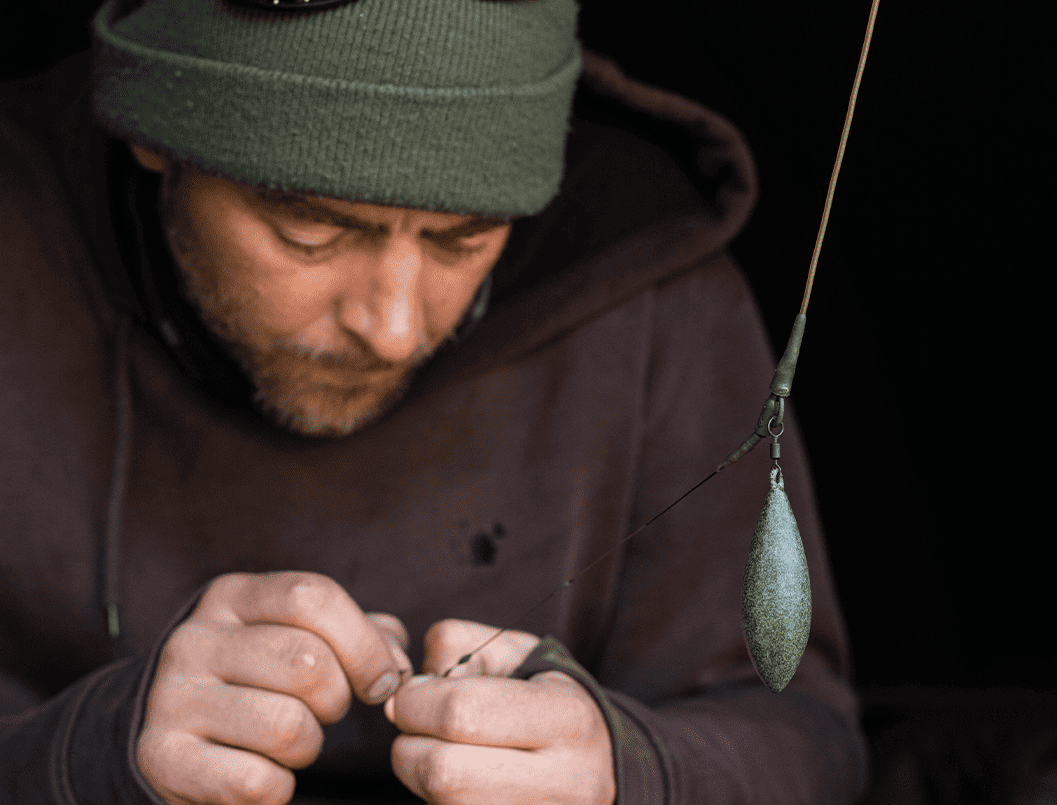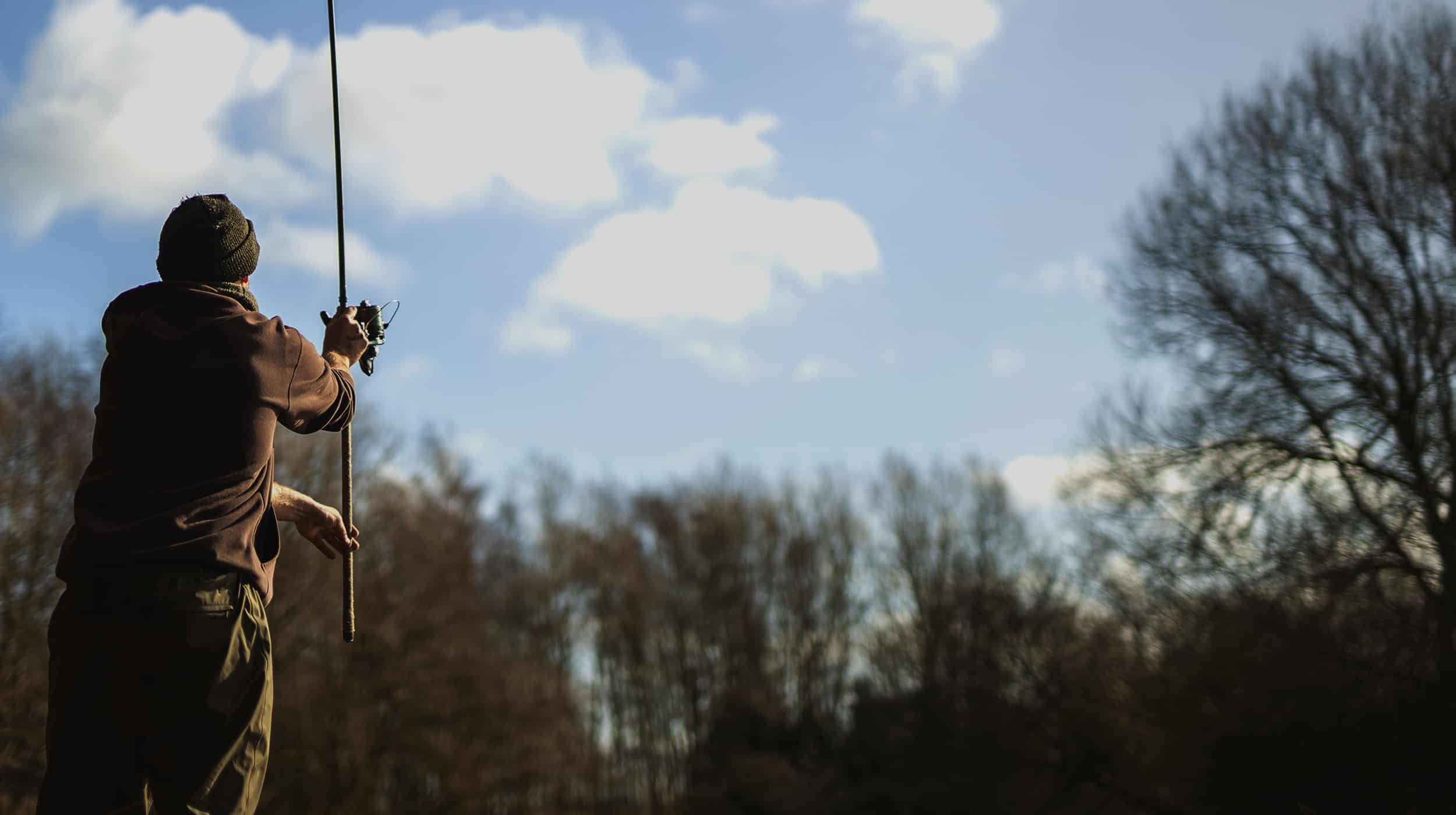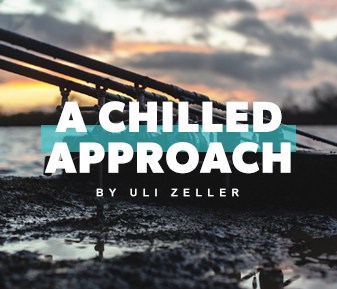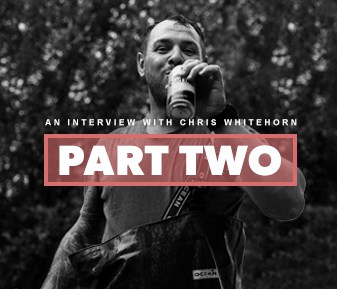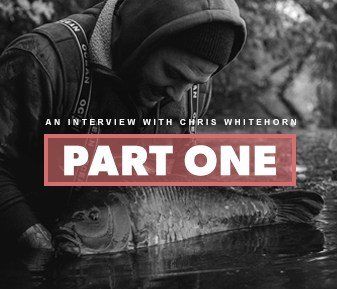Making the most of cold water opportunities is top priority to German Team member Uli Zeller, who has developed a mindful strategy for cold-water success.
MYLES GIBSON BREAKS DOWN THE MOST IMPORTANT ASPECTS OF HIS SETUP FOR FISHING AT LONG RANGE
MYLES GIBSON BREAKS DOWN THE MOST IMPORTANT ASPECTS OF HIS SETUP FOR FISHING AT LONG RANGE
The first place I fished where I really needed to start thinking about casting proper distances was Redesmere. There were a couple of key areas which were in excess of 120-130 yards, zones that only a handful of members could reach whilst I was on there. Don’t get me wrong, you could catch plenty close in, but at certain times of the year they would spend a lot of time in those “safe” zones. They would usually wake up at the end of the winter in those central areas too so being able to fish past 120 made a massive difference. It was also around this time I started experimenting with lighter mono main lines, shorter lengths of tubing/leadcore, smaller hook-baits and over time, with plenty of practice, I was able to fish those areas effectively!
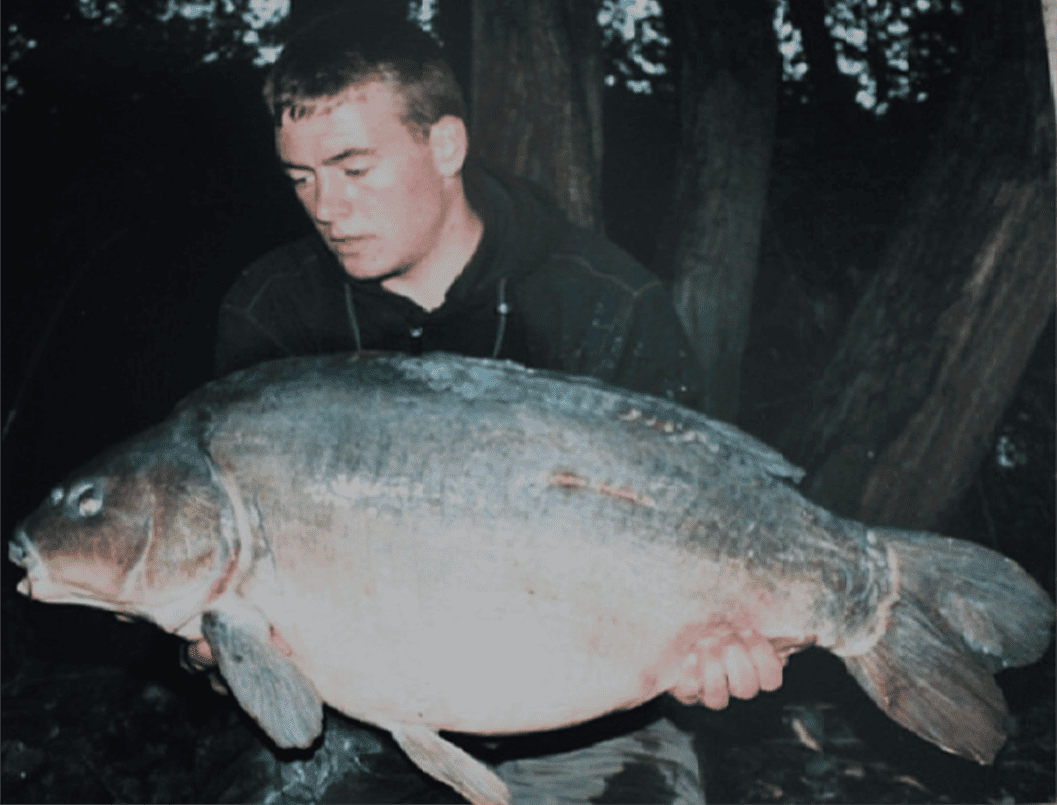


Like anything, you need the right tools to do the job and it goes without saying that rods play a huge part when looking to fish big distances. Personally, I’ve found most high end, 13ft, 3.5 TC rods to be more than capable of hitting 160-170 but when it comes to out and out chucking and fishing extreme ranges regularly, I use a set of cheap spod rods. If you’re paying top money for rods the last thing you want to be doing is taking them to the absolute max week in week out, because trust me, you will bust them.
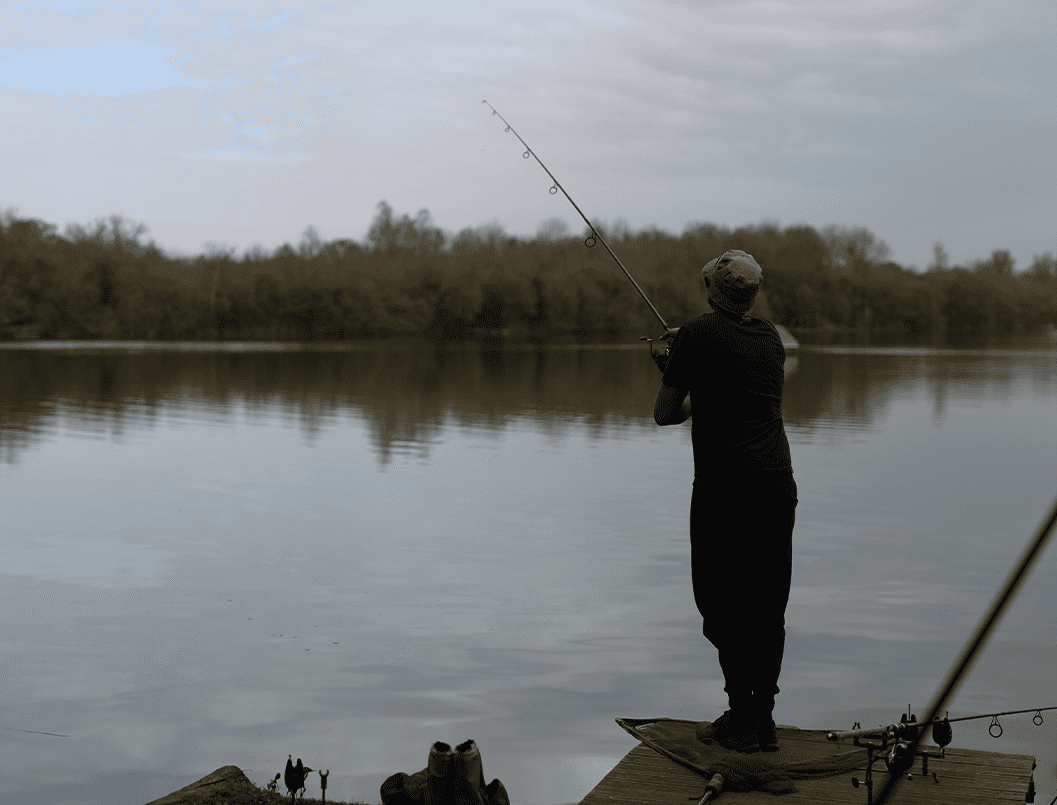
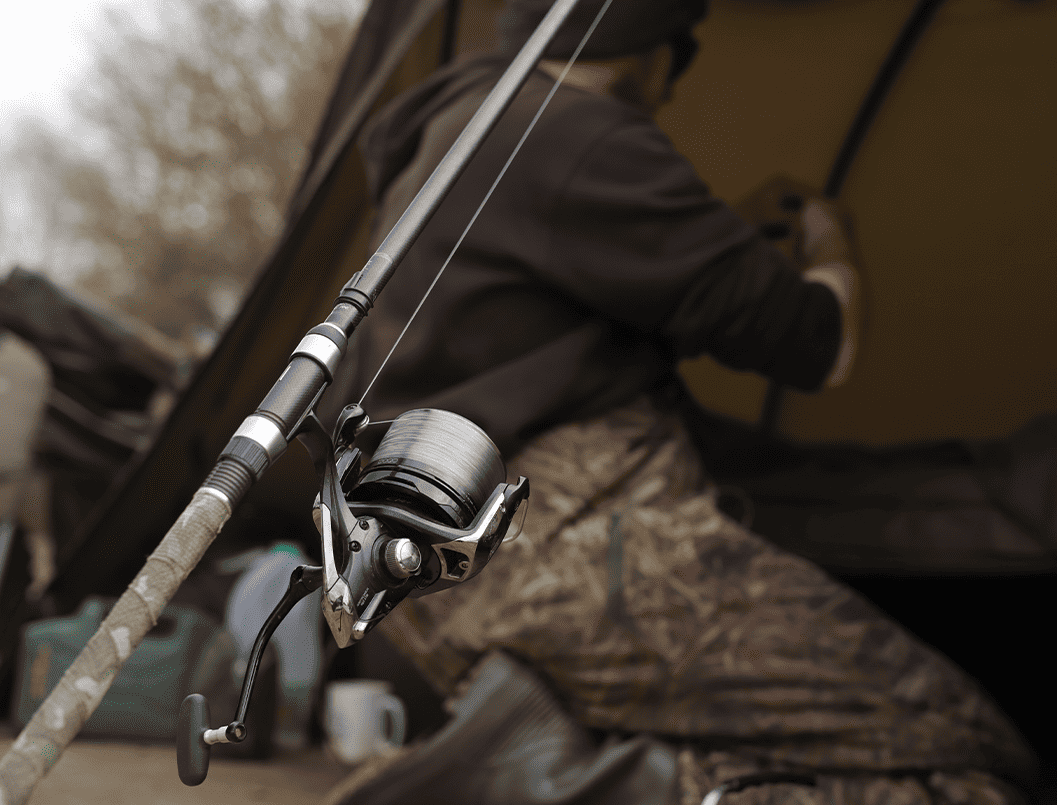

When it comes to mainline and leaders this is really water dependent, whether that be due to certain rules or the make-up of the venue. Take Black Swan as an example, during the early parts of the year the weed remains low and it’s fairly shallow for the most part, this means I’m able to get away with safely fishing a 10lb mono to a tapered leader. Obviously being a gravel pit there are bars and other features I need to take into account, and I wouldn’t want to drop down to anything lower than 0.30. But for really weedy lakes or those waters where leaders are not permitted, then I would very rarely drop below a 0.40mm main line.
When it comes to actual leader materials, it’s all about the tapered leaders. One of the main advantages to using a tapered leader, which starts at the same diameter as your mainline is knot size and having that smaller leader knot means it isn’t catching as it travels through the rod eyes during the cast.
I also use a knot which enables me to have both tag ends pointing towards the spool on the cast, again this helps the knot fly through the rings without catching. Always lubricate your line and eyes before casting and make sure the leader knot is at the base of the spool, with the remaining leader material above it. Again, this will stop anything from catching on the cast that could result in crack-offs. One last thing I would add though, is to make sure you’re always checking your mainline and leaders for damage. I’d much rather respool or tie on a fresh leader than leave a live rig in the pond.

Orange leader line used for illustrative purposes
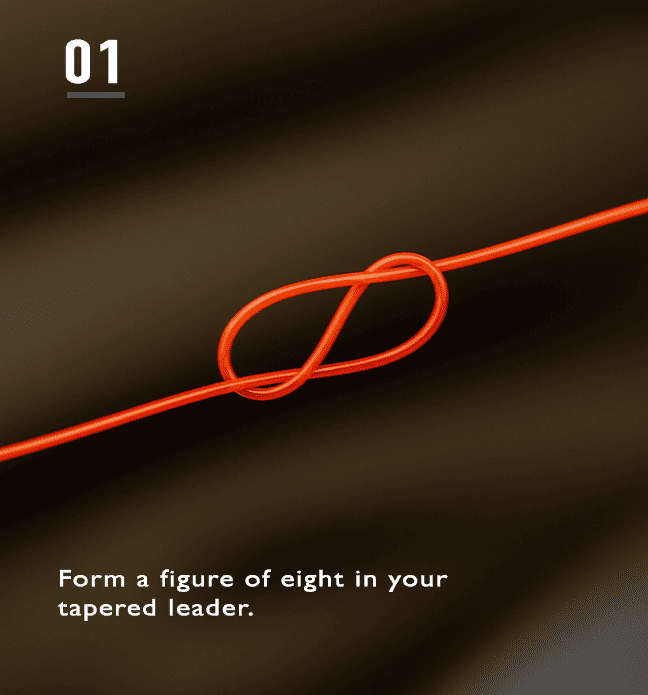
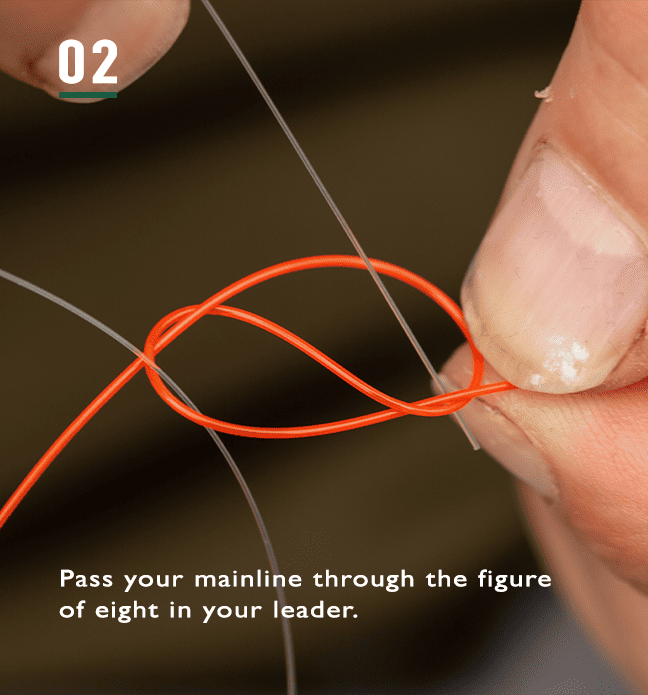
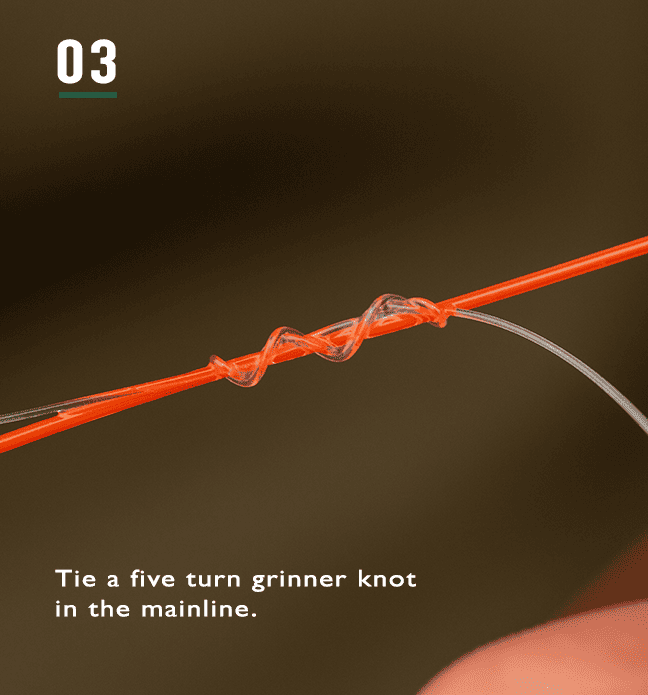
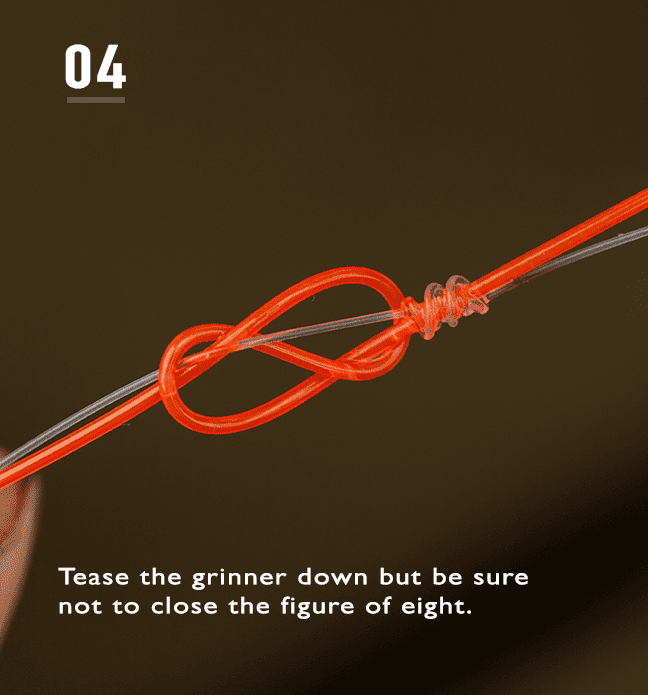
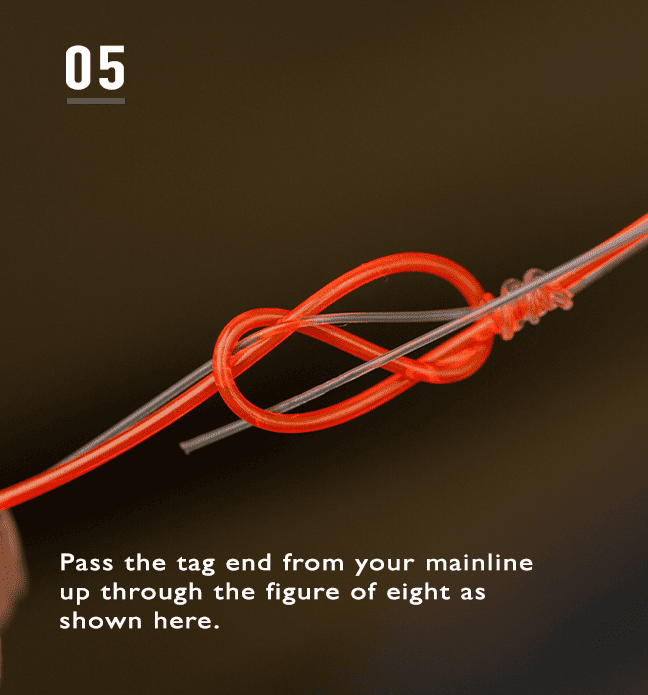

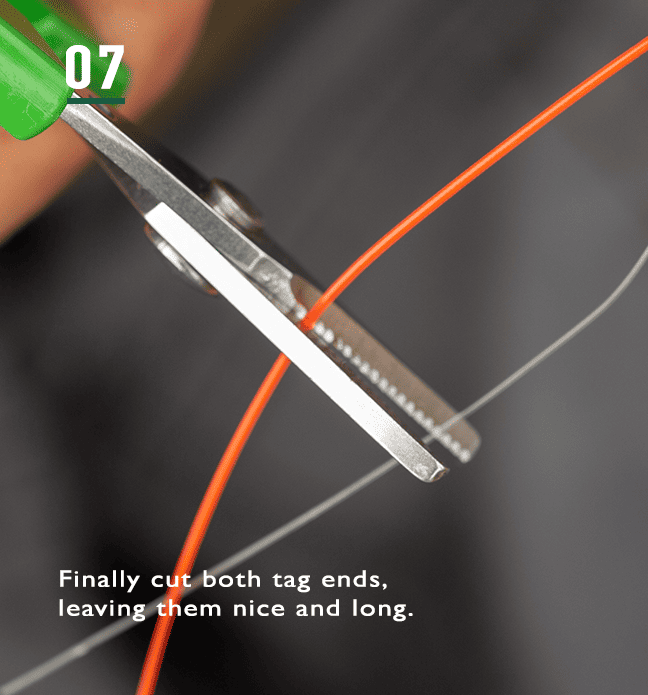
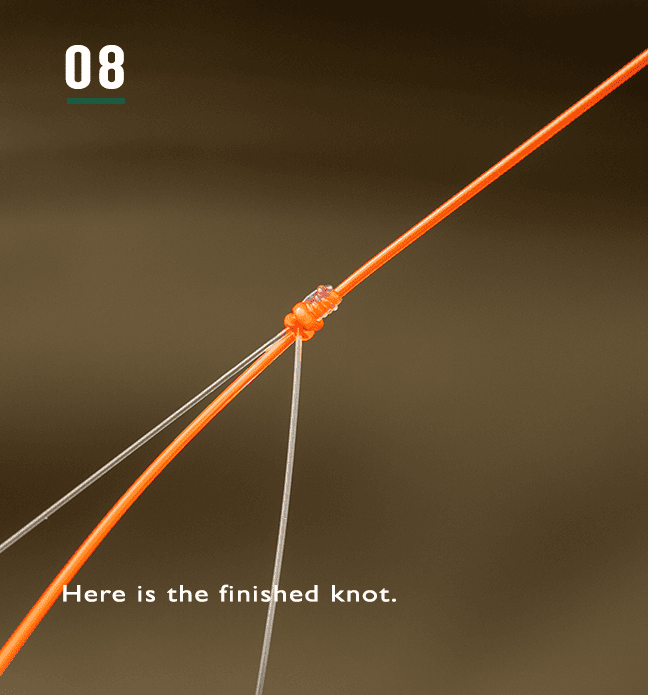

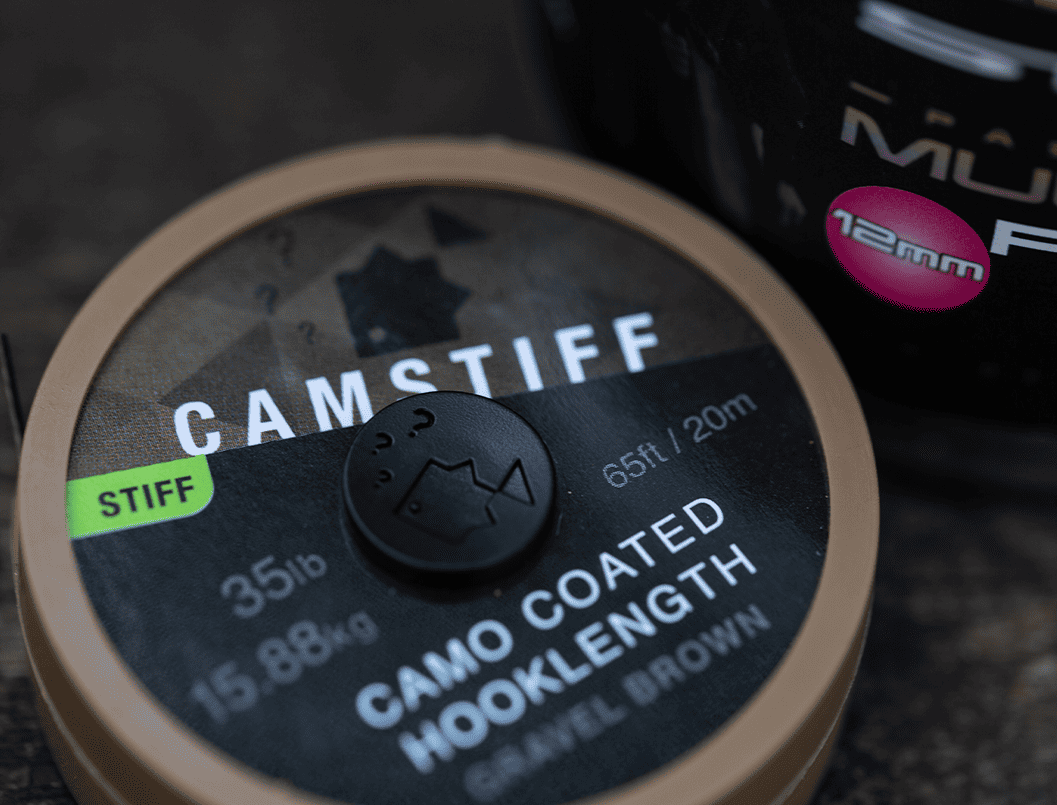
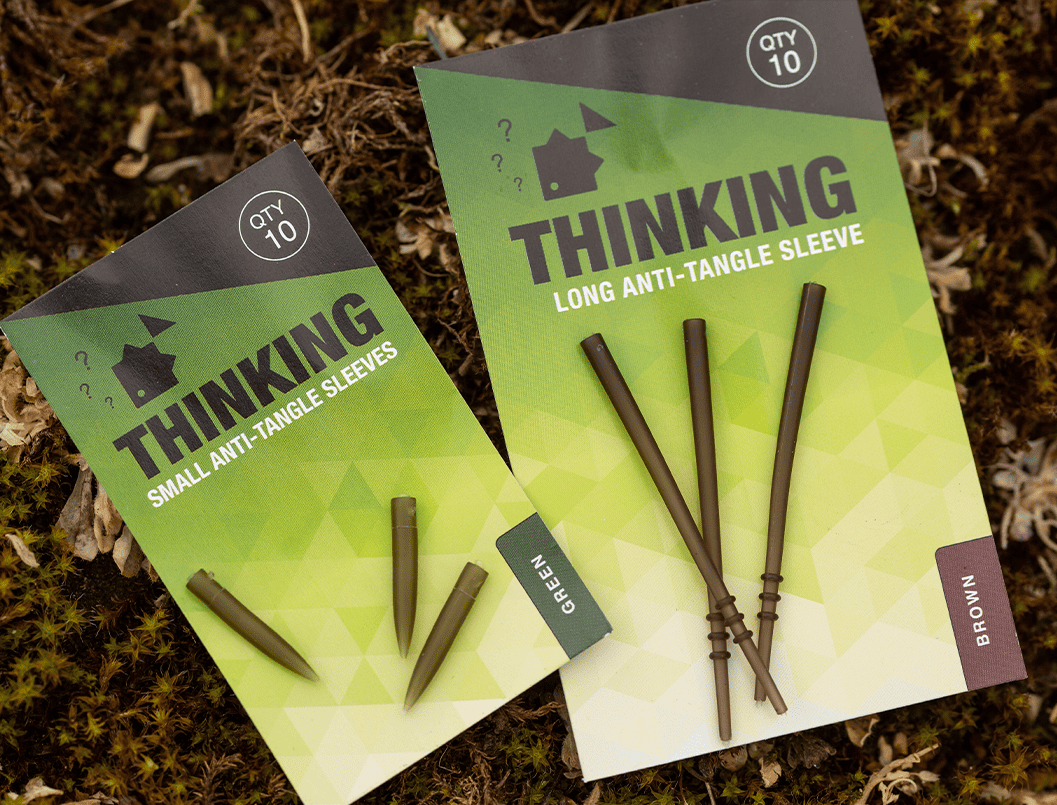
When it comes to chucking, less is definitely more. Tangles shouldn’t really be an issue and are only ever really a problem when using longer, softer hook-links but I’ll always use one of the TA Long Anti-Tangle Sleeves when using these kinds of rigs, as these greatly reduce the risk of tangles. Where I can though, I will always look to use a shorter rig tied using a semi-stiff material such as the Camstiff in 35lb, as these are far less likely to tangle. Short lengths of tubing or leadcore make a big difference when looking to add those extra yards, as do smaller hook-baits.
In terms of actual lead arrangement, I’ll opt for a lead clip set-up, I find that over longer distances I can follow the rig in flight much easier and when using softer hook-links I find I have less tangles than when fishing a heli-leader. Of course, there are instances where I would favour a heli set-up, but only really when fishing stiff links or chods. When it comes to leads, again this depends on the situation, but for out and out range then a 4-5oz zip would be my go-to.

There is no doubt that having the right gear helps massively when you’re looking to cast big distances but ultimately the more you do something the better you become… practice makes perfect.
